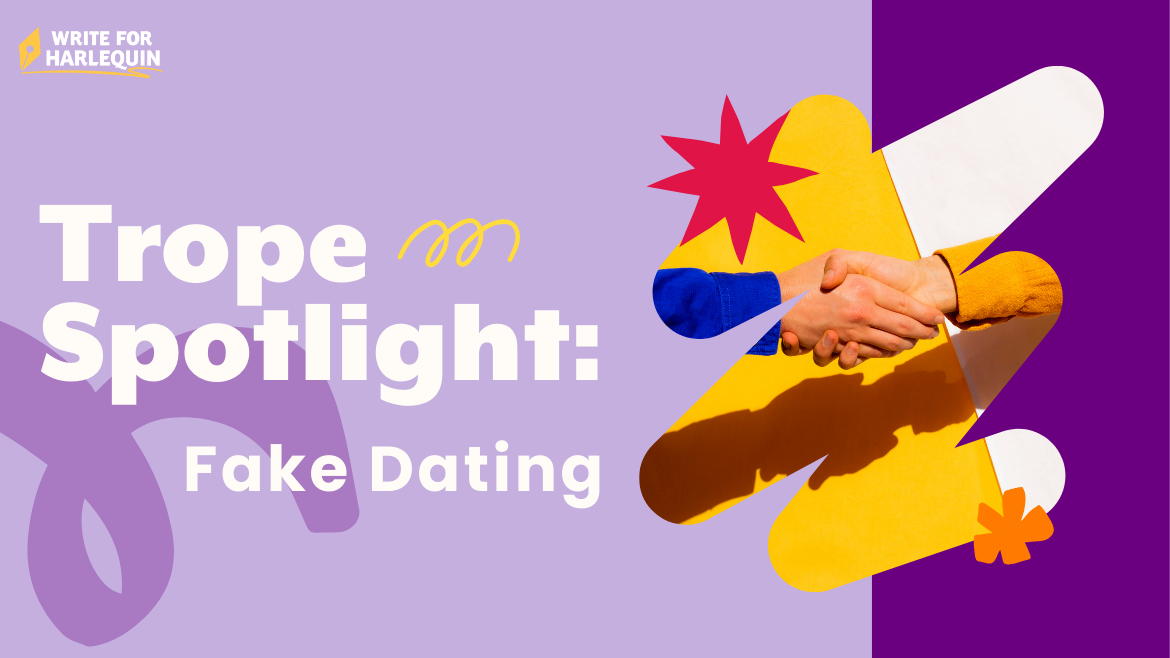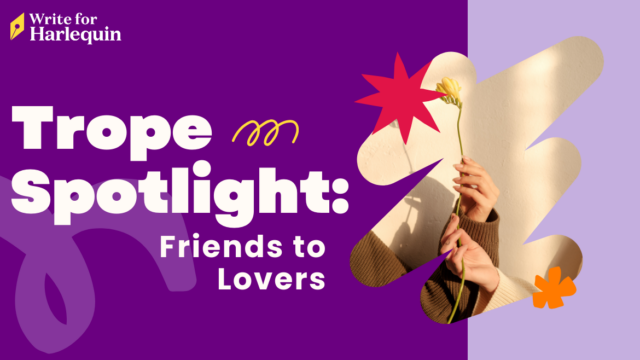
The fake dating/fake relationship plot device has been around at least as long as William Shakespeare and continues to be revitalized in books and movies—sometimes, as in the recent romcom Anyone but You, by lifting the story straight from one of Shakespeare’s plays.
So, why is the fake dating trope evergreen?
For one, it’s just plain fun. Mix-ups! Misunderstandings! Double meanings! Things inevitably go sideways almost immediately and it’s enjoyable to watch the characters struggle to maintain the façade—and stay out of love.
It’s also a trope that plays well with others. So if you also love the friends-to-lovers, enemies-to-lovers or forced proximity tropes, bringing your mains together through a mutually agreed upon arrangement of fake affection is a great way to get the ball rolling.
And then there’s the suspense: The delicious tension of a slow burn romance with a deadline keeps readers turning the pages, whether it’s a zany romcom with a pair of lovable MCs, or a high-stakes romantic suspense where the couple must fake togetherness to solve a crime and save lives, all while developing FEELINGS.
Ready to write your own fake dating romance? Let’s dig into some of the ways to make it work.
The Setup
Are your main characters mistaken for a couple by others and decide to play along for reasons? Do they each have a problem that can only be solved by getting together and pretending to be together? Are they working undercover and must act like a real couple to catch the bad guys?
Whatever the setup for the fake relationship, it should feel fresh to the reader, make sense for the time and place of your story, and be connected to the main characters’ goals. Two characters with their own goals that can only be met by entering a faux romance is what gives the setup its emotional stakes. Without those stakes, your reader won’t engage with your fake engagement.
A mutual agreement with ground rules also avoids the potentially problematic scenario of one person being in on the deception and the other thinking the romance is real. You can have a setup like that (10 Things I Hate About You employs this device), but you’ll have to work harder to make the “deceiver” sympathetic. A reader may happily go along with a plan to fool an immigration officer or grant a grandparent’s last wish, but ultimately we want to read about people deserving of love, not just, y’know, jerks. As always, well-developed characters are at the root of everything.
The Stakes
The plot appeal of a fake dating romance is the drama or shenanigans that result from the main characters twisting themselves into pretzels to keep up the pretense. But the emotional satisfaction comes from watching two people convinced they are completely wrong for each other discover that they’re so, so right.
Active scenes with high stakes for both the fake romance and the real one create tension and move the relationship forward. Without the emotional stakes, the story can feel episodic and flat. Whether madcap or dangerous, the fake relationship should propel the couple towards a deeper understanding of each other (and themselves), leading to real feelings.
From Fake to Forever
Your mains thought they were so clever. They came up with the perfect solution to both their problems by agreeing to pretend to be in love. But now they have a new problem because they really are in love. Do they stick to the prearranged rules of the fake relationship and achieve their original goals? Or choose love at the cost of what they thought they wanted?
What to do??
At this point, someone has to get vulnerable (see our post on Embracing Emotions). It’s a high-tension moment when the characters’ true happiness hangs in the balance, as one MC must confess their real feelings without knowing for sure if the other is still pretending.
But the rewards are everything. For the couple, the love and acceptance of their deepest selves. And for the reader, the deep sigh-worthy happiness of a fun and emotionally satisfying read.
A real Happily Ever After!
Want to read more about romance tropes? Check out more trope spotlights in our archive.




